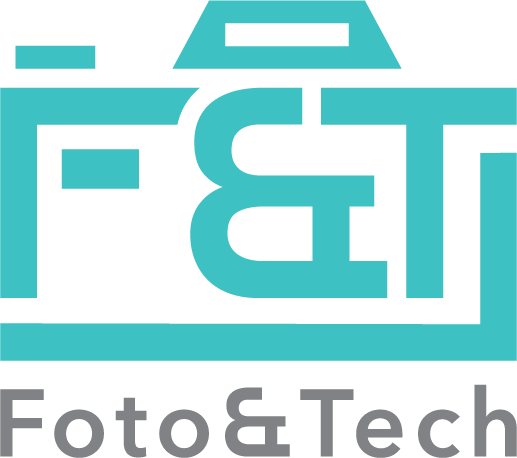Fighting Moisture-The Worst Enemy of Photo Gear

Why Dry Cabinet is Essential for Photography and Cinematography Gear
To keep lenses, DSLR cameras, and other expensive photo equipments in good working condition for the long run, low humidity is required. A quality dry box is an investment that every serious photographer should have at home, in the studio or office.
Humidity is invisible to the naked eyes and is the worst enemy of photography gear. Humidity is the water vapor in the air in gaseous state and is invisible.

Combining high relative humidity levels with drastic temperature changes, condensation can occur on lens surfaces and internal circuit boards. When condensation sets, it could lead to problems with mold, corrosion, decay, oxidation, rust and other moisture-related deterioration on all photo equipments.
Upon finishing a shoot at location where temperature and relative humidity were quite high, equipment that has already soaked up moisture are stored in protective bags and/or cases to protect it from physical damages. From the hot and humid environment, the equipment are transferred to a cool place such as an air conditioned car or house. The moisture soaked up by your equipment becomes condensation with the temperature cooling, especially in discreet areas you cannot see during your regular equipment maintenance and cleaning process.

As condensation collect over time, fungus, rust, oxidation, and mold begins to develop. Before long performance issues and failures will appear. The damage caused by humidity does not distinguish from equipment manufacturer or any particular fields. All are susceptible to the harm caused by humidity.



The most common causes of damages are fungus development on lens, lens glue separation, worn-off coating, aperture failure, focus ring too tight, lens oil leakage, infinity focus failure, dust particles, and damaged coating.
When optical lenses are exposed to Relative Humidity over 60%, they are threatened by fungus, which causes irreversible damages such as etching on the lens. Fungus develops and proliferated at 60%RH(Relative Humidity) & 12 ℃ ~38 ℃. The rate of fungus growth will speed up at 80%-95% RH(Relative Humidity). Once fungus develops on the lens, the photos/images taken will lose significant resolution and quality.
So why not prevent this nightmare by storing the gear in a dry box? It offers peace of mind and saves you money in the long run. When not in use, the desired RH(Relative Humidity) for photography and cinematography equipment should be between 40%-50%.
There are 2 types of dry boxes: Electronic Dry Box, Dessicant Dry Boxes.
Dessicant Dry Boxes requires replacing the dessicant and is not adjustable. It may become too dry or too humid when the dessicant is saturated.
The electronic dry box is preferred. There is a control dial for the humidity level. Some designs are connected to a digital hygrometer that you can set at a precise level. This type uses condensation in removing the moisture from the insides of the cabinet.
The dry cabinet comes in different sizes: 30L, 50L, 88L, 102L, etc.
For example, this 50-L dry cabinet is fully automatic electronic humidity controlled with LCD display panel which displays the humidity level. It can be occupied by multiple lenses of different sizes and cameras.
Simply store all of your equipment immediately returning from the field and remove the any moisture absorbed. The Auto Dry Box moisture control technology will do all the work while maintaining your equipment in optimal storage conditions when not in use.
Humidity levels are automatically maintained at the optimal storage environment of 40%~50%RH(Relative Humidity).
No consumable parts or desiccant bags to replace.
No water tanks to empty, maintenance and worry free operation.
Water-Proof and Dust-Proof
The dry box not only prevents moisture-related deterioration like fungus, mold, corrosion, decay, oxidation, rust, it also protects lens, cameras from dust, shock, and other damages.
Depending on where you live, the season, and the natural humidity of the local atmosphere, a lens dry box can be essential for your photo gear. Summer usually has more moisture than winter. If you live in wet tropical area or cities like London, you may also want to use a dehumidifier at the same time to improve the efficiency.












